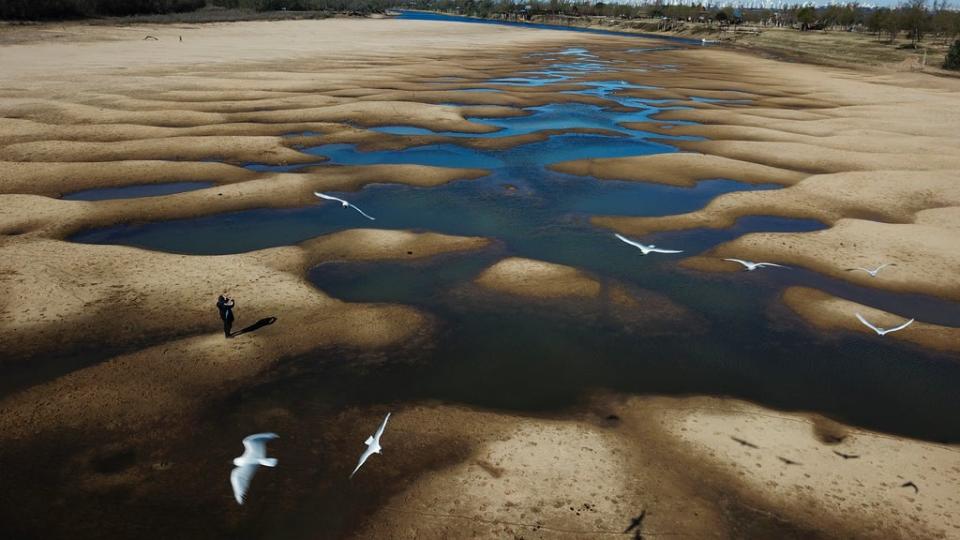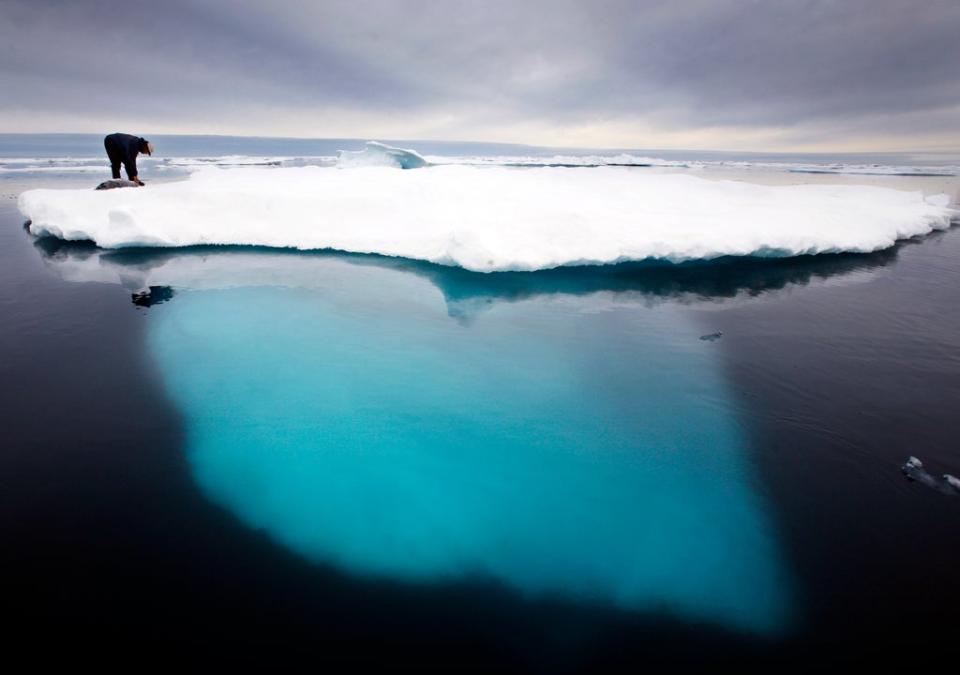What is the 1.5C target? And how does it affect the climate crisis?
In 2015 almost all of the world’s countries pledged to limit global warming to “well below” 2C above pre-industrial levels and to strive to keep temperatures at 1.5C by the end of the century as part of the historic Paris Climate Agreement.
Why 1.5C?
A rise of 1.5C is more of a political threshold than a scientific one. The most optimistic target of the Paris Agreement was reached as a compromise, after years of debate.
The new target adopted in Paris reflected a growing conviction among scientists and activists that a loose previous target of 2C would be extremely dangerous for humanity. A rise of ‘just’ 1.5C is seen as physically and economically possible with the technology and resources humanity has.
Since 2009, more than 100 Small Island Developing States, Least Developed Countries and many others have been calling for limiting global temperature rise to 1.5C above pre-industrial levels to prevent the worst of climate change impacts.
At 1.5C warming, about 14 per cent of Earth’s population will be exposed to severe heatwaves at least once every five years, while at 2C warming that number jumps to 37 per cent. Extreme heatwaves will already become widespread at 1.5C warming.
Global warming has already resulted in significant alterations to human and natural systems; by limiting temperature increase to 1.5C, it is expected that adaptation will be less difficult, and our world will suffer fewer negative impacts.
The 1.2C warming already recorded has been enough to unleash disastrous weather.
In 2021 so far, heat waves have killed hundreds in the Pacific Northwest and smashed records around the world.
Wildfires fuelled by heat and drought are sweeping away entire towns in the west of the US, releasing record carbon dioxide emissions from Siberian forests, and driving Greeks to flee their homes by ferry.
"The more we push the climate system ... the greater the odds we cross thresholds that we can only poorly project," said Bob Kopp, a climate scientist at Rutgers University.

What’s next?
If emissions are slashed in the next decade, average temperatures could still be up 1.5C by 2040 and possibly 1.6C by 2060 before stabilising.
And if instead the world continues on its the current trajectory, the rise could be 2C by 2060 and 2.7C by the century’s end.
The Earth has not been that warm since the Pliocene Epoch roughly two million years ago – when humanity’s first ancestors were appearing, and the oceans were 25 metres (82 feet) higher than they are today.
It could get even worse, if warming triggers feedback loops that release even more climate-warming carbon emissions – such as the melting of Arctic permafrost or the dieback of global forests.
Under these high-emissions scenarios, Earth could, by the last two decades of this century, broil at temperatures 4.4C above the pre-industrial average.

What are nations doing to meet the pledge?
Despite a recent flurry of new national emissions pledges, the world is still far away from preventing catastrophic climate change, experts say – noting that major polluters including China and Russia have yet to submit revised plans before a major UN climate summit in November.
Nearly half of the 200 nations that signed the 2015 Paris climate accord failed to submit new pledges by a UN deadline of the end of July. Saudi Arabia and India are among about 90 countries that have yet to detail how they will beef up their previous targets.
"It’s abysmal. It’s absolutely unacceptable," said Saleemul Huq, chair of the expert advisory group of the Climate Vulnerable Forum of 48 countries, adding that countries’ progress should be measured by the real-world action they are taking to cut emissions – not just their targets for future years.
"What the countries are doing or not doing is what matters," Huq said, "and what they’re doing is not keeping us below 1.5 degrees."
Read More
‘The sky has changed colour’: Fires rage for seventh day on Greek island of Evia

